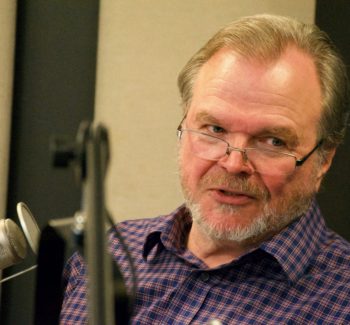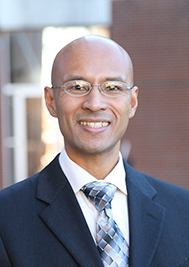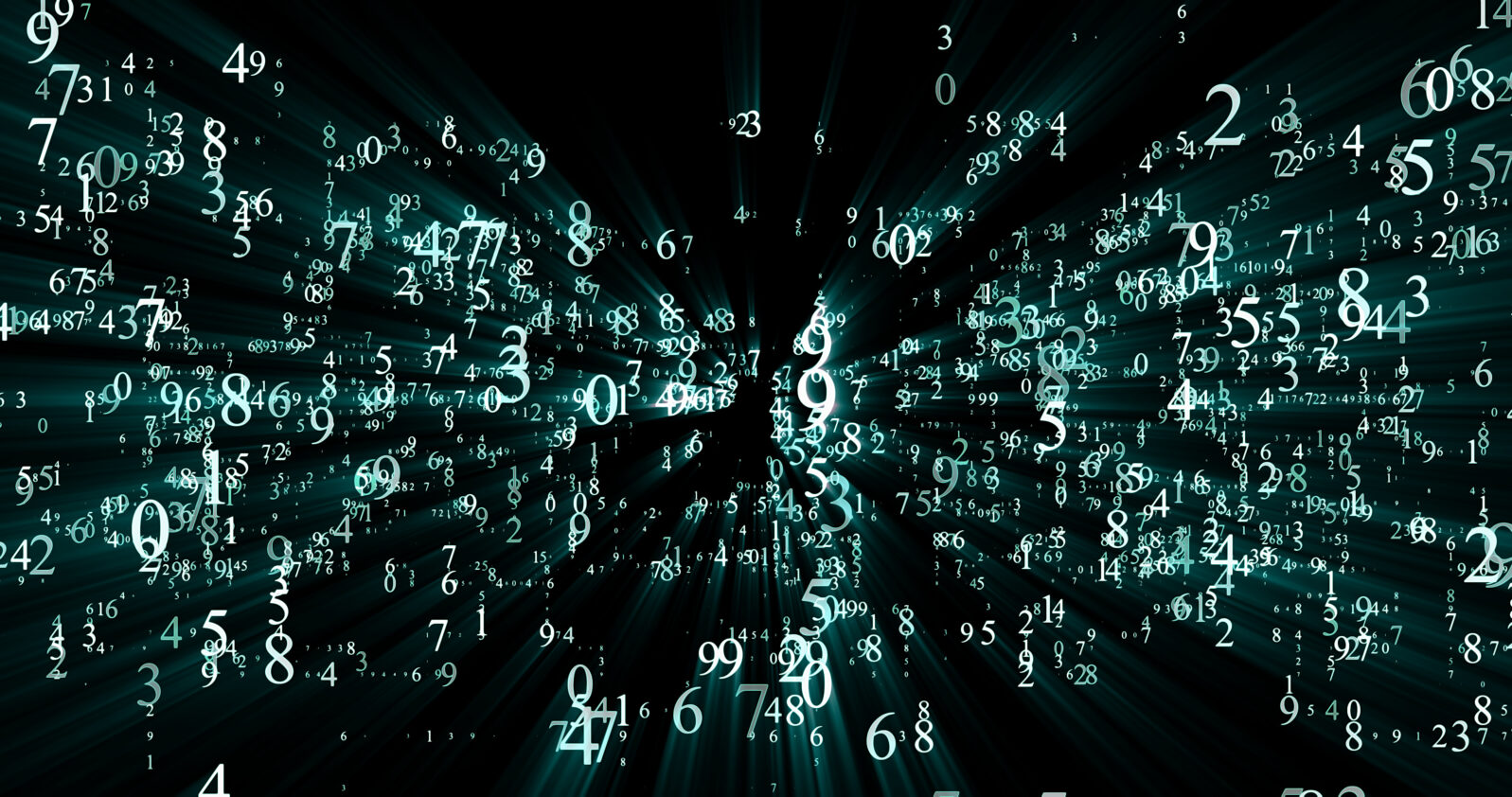How Spooky “Quantum Collapse” Can Give Us More Secure Encryption
If entangled photons linked to random numbers are transmitted, parties on either end can know, via high error rates, that they’ve been intercepted.In a recent podcast, “Enrique Blair on quantum computing,” Walter Bradley Center director Robert J. Marks talks with fellow computer engineer Enrique Blair about why quantum mechanics is so strange but important to our future. They discussed “quantum communication” (generally, quantum encryption) and why safer quantum encryption might be easier to achieve than general quantum computing.
The discussion of quantum communication begins at approximately 55:32. The Show Notes and transcript follow.
Robert J. Marks: I know there’s lots of interesting quantum communication today. The NSF and the Department of Defense are throwing big bucks at it. What is it, just roughly?
Enrique Blair: Quantum communication really is the use of quantum mechanics to share information in a secure manner. Maybe the simplest example really came out in 1984. A couple guys, Bennett and Brassard, came up with an algorithm. It’s been called BB84. The idea is that people will share entangled pairs of qubits, probably photons, to generate photon pairs that are entangled. We’ll use these photons in such a way that we end up sharing a random number, a very large random number.
The magic here is that if someone intercepts the photons that are transmitted, the parties on either end can know whether someone has intercepted them and tried to spoof the photons and transmitted fake photons because the error rates will be too high. So you can know whether your random number is compromised. But if it’s not compromised, then you have this long random number and you can use that to encrypt a message over a unsecure classical channel.

Robert J. Marks (pictured): So it’s taking advantage of the idea that if you look at a quantum state, it collapses. And in this communication process, if somebody peeks at what you’re trying to do, quantum states collapse and you know it. Because all of a sudden, the error rates go up.
It’s taking advantage of this observation in order to detect tampering on your communication channel, which is really weird. I’m not sure of the current state of quantum communications but I suspect it probably has the same problems as quantum computing. Specifically, coherence and keeping entangled things at far distances and things of that sort.
Note: About random numbers: In 2018, a research team announced that it was using quantum mechanics to produce the “most unpredictable numbers ever.” The pursuit of genuinely random numbers is more difficult than it might seem. Flip a coin? Well, “Something like a coin flip may seem random, but its outcome could be predicted if one could see the exact path of the coin as it tumbles,” said Dr Bierhorst. “Quantum randomness, on the other hand, is real randomness.” – Josh Gabbatiss, The Independent, (April 11, 2018)
In our macro world, the path of a flipped coin is predicted by determinist laws of physics. We agree to regard the coin flip as random because we have no reason to believe that the laws of physics favor an outcome desired by the flipper. But that is not the same thing as an actual random outcome. A quantum process, occurring at the micro level, might enable truly random processes, including the creation of large random numbers.
Quantum communications may be easier than quantum computing for practical reasons: We would need to coopt many fewer quantum particles.

Enrique Blair: What’s nice about quantum communication is, we don’t rely on entanglement between as many qubits… In quantum communication, you just need pairs of photons to be entangled. One with another, that’s it. Whereas quantum computing, you need many, many systems to be entangled, and that’s just very fragile.
Robert J. Marks: Okay. Look in your crystal ball. What is the future of quantum computing and quantum communication? Is this something we’re going to achieve or is this something we’re just going to chip away at for a long, long, long time and find out that the engineering of it, at least to the degree that we would like it to perform, is not possible?
Enrique Blair: In terms of feasibility, I think that quantum communication is much closer and a much easier problem. I don’t really know the state of the art, but I believe that we are much closer to achieving that than useful quantum computing.
Next: Could slowing down the quantum process make quantum computing more useful sooner?
Here are the earlier discussions:
Why Google’s “quantum supremacy” isn’t changing much—not yet. Quantum computing was suggested by physicist Richard Feynman in 1982; the supremacy battles are quite recent. While Google and, more recently, Chinese scientists, have achieved remarkable computing feats, practical uses are still under development.
How quantum computing can and can’t help us here in Macro World. Quantum computing could easily break down current encryption schemes. Quantum computing can help us create much safer encryption in exchange but currently it requires very cold temperatures in order to work.
“Spooky action at a distance” makes sense— in the quantum world. Einstein never liked quantum mechanics but each transistor in your cell phone is a quantum device. The fact that the spooky quantum world is real means that quantum computing could greatly reduce computers’ drastic environment impact.
The final ambiguous truth about Schrödinger’s cat. Schrödinger came up with the cat illustration to explain quantum mechanics to interested people who were not physicists. We don’t see quantum paradoxes outside the lab because everything we see consists of far too many quantum subsystems for any one particle to stand out.
How scientists have learned to work with the quantum world.
It’s still pretty weird, though. Wave function mathematics can work with particles that may be in different places (quantum superposition). QM can also generate truly random numbers we can use.
and
Here’s why the quantum world is just so strange. It underlies our universe but it follows its own “rules,” which don’t make sense to the rest of us. Computer engineer Enrique Blair explains to Robert J. Marks the simple experiment that shows why so many scientists find the quantum world “mind-blowing.”
Show Notes
- 00:54 | Introducing Dr. Enrique Blair, a professor of electrical and computer engineering at Baylor University
- 03:08 | The history of quantum mechanics
- 13:16 | Quantum superposition
- 21:50 | Schrödinger’s cat
- 27:45 | Why didn’t Einstein like quantum mechanics?
- 28:51 | Quantum entanglement
- 32:58 | Applications of quantum mechanics
- 34:53 | Quantum dots
- 37:31 | Quantum computing
- 43:48 | The use of quantum computers
- 47:55 | Quantum supremacy
- 55:32 | Quantum communication
- 58:47 | The future of quantum computing
Additional Resources
- Enrique Blair’s website
- Copenhagen Interpretation of Quantum Mechanics at Standford Encyclopedia of Philosophy
- Young’s double-slit experiment at Encyclopædia Britannica
- Planck’s explanation of black-body radiation at Encyclopædia Britannica
- Quantum superposition at Wikipedia
- Nobel Prize in Physics 1932 — Werner Heisenberg
- Nobel Prize in Physics 1933 — Erwin Schrödinger
- Many-Worlds Interpretation of Quantum Mechanics at Stanford Encyclopedia of Philosophy
- Schrödinger’s cat at Wikipedia
- Quantum entanglement at Wikipedia
- Quantum bit (qubit) at Wikipedia
- Quantum dots at Wikipedia
- Shor’s algorithm at Wikipedia
- RSA at Wikipedia
- Grover’s algorithm at Wikipedia
- Quantum supremacy at Wikipedia
- IBM on Google’s claim of quantum supremacy
- Quantum communication at MIT Technology Review
- Adiabatic quantum computation at Wikipedia
